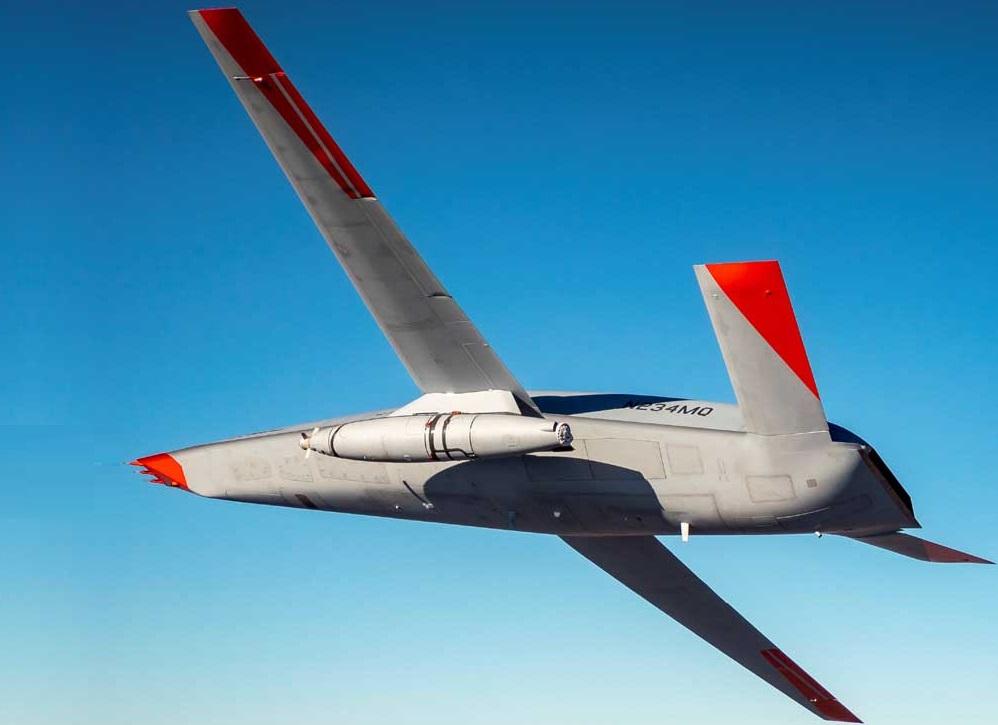Boeing has digitally demonstrated a new open autonomy architecture for MQ-25 that will allow the US Navy to increase mission effectiveness by integrating manned-unmanned teaming (MUM-T) capability at speed and scale. The non-proprietary architecture, based on the government-owned Open Mission System specification, is the foundation for advanced MUM-T. A Boeing-led team virtually demonstrated how other aircraft can use MQ-25’s architecture and task it to conduct tanking and intelligence, surveillance and reconnaissance (ISR) missions – all within the mission airspace and without traditional communications with the ship-based ground control station. Boeing’s MUM-T demonstration included Northrop Grumman’s E-2D Advanced Hawkeye command and control aircraft, Boeing’s P-8A Poseidon maritime patrol and reconnaissance aircraft and Boeing’s F/A-18 Block III Super Hornet fighter jet.
“Aurora’s robust software development kit enables our Navy teammates to rapidly integrate new capabilities,” said Graham Drozeski, vice president of Government Programs for Aurora Flight Sciences. “The platform abstraction demonstration met test objectives for resource sharing between multiple onboard systems and supervisors, and these efforts will greatly reduce government test and certification costs as new capabilities are added over time.”
“Large swaths of ocean could be surveilled, identified and targeted when MQ-25 is teamed with carrier-based assets such as the E-2D or the land-based P-8A patrol aircraft. Through this demonstration, our customers saw how this digital, open approach to MUM-T is key to fielding critical warfighting capability at much lower cost and with greater speed and agility,” said Don ‘BD’ Gaddis, director, MQ-25 Advanced Design.

Using their existing operational flight programme software and data links, the aircraft safely and efficiently tasked four virtual, autonomous MQ-25s to conduct ISR missions. The F/A-18 also used its advanced tactical data links and Boeing’s conceptual ‘Project Black Ice’ crew vehicle interface, which significantly reduced aircrew workload. For example, the demonstration showed how both the P-8A and E-2D could easily task an MQ-25 teammate with an ISR mission specifying only the search area and no-fly zones. Using an onboard autonomy framework developed by Boeing subsidiary Aurora Flight Sciences, the MQ-25 autonomously did the rest – including validating the command against its operational constraints, planning its route and conducting its search pattern, among many other tasks.
Aurora also created and demonstrated a prototype platform abstraction layer – a software boundary that decouples MQ-25’s flight safety and flight critical components from mission software and sensor hardware. This commercial best practice allows third-party ‘app’ integration on MQ-25. Using an Aurora-provided software development kit, Naval Air Warfare Center Aircraft Division created a new radar search application for MQ-25 that was successfully used during the demonstration. The demonstration was aligned to the future warfighting capabilities in the Navy’s Unmanned Campaign Framework. Boeing will continue to refine the autonomy, sensors, interface exchanges and crew vehicle interfaces required for MUM-T. As a leading global aerospace company, Boeing develops, manufactures and services commercial airplanes, defense products and space systems for customers in more than 150 countries. As a top U.S. exporter, the company leverages the talents of a global supplier base to advance economic opportunity, sustainability and community impact. Boeing’s diverse team is committed to innovating for the future, leading with sustainability, and cultivating a culture based on the company’s core values of safety, quality and integrity.













